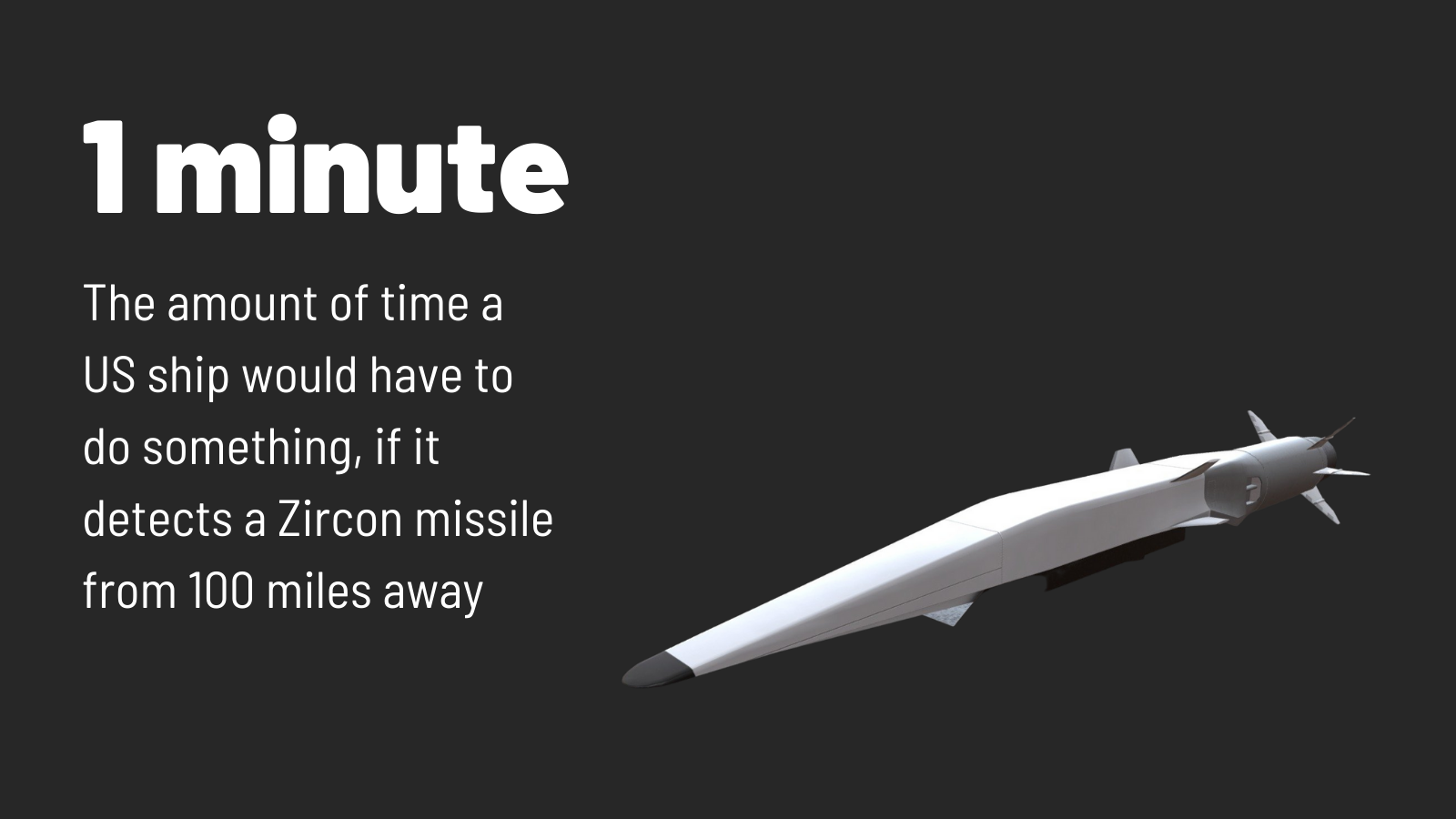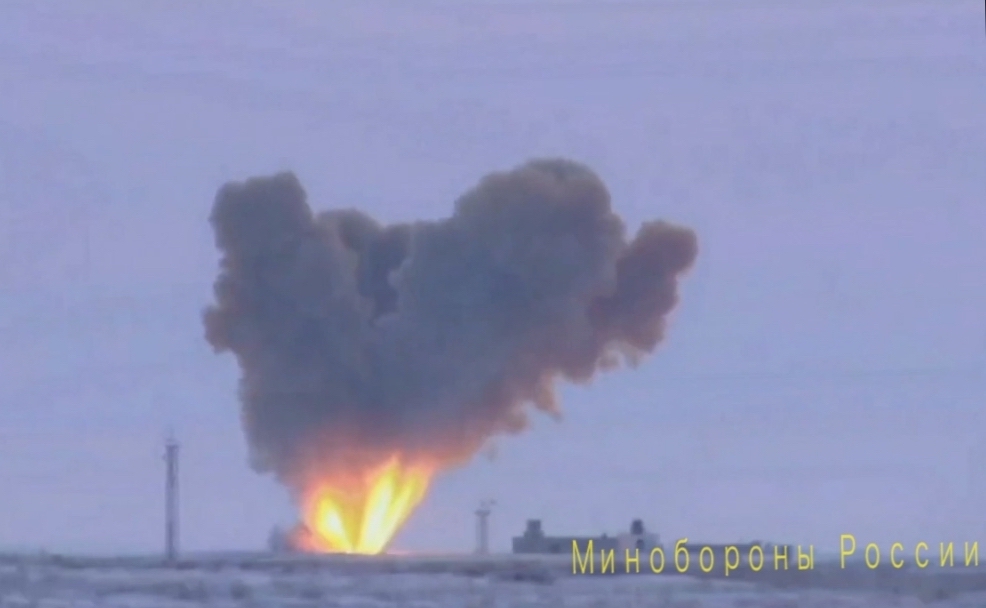It was a statement that silenced US lawmakers in attendance.
China is “aggressively pursuing hypersonic capability tenfold to what we have done,’’ said US Air Force General Glen D VanHerck, commander of the US North American Aerospace Defense Command.
That means China is “significantly outpacing’’ the US with its hypersonic capabilities, VanHerck told the House Armed Services strategic forces sub-committee earlier this month, Air Force Magazine reported.
In the past five years alone, experts say the US has conducted only nine hypersonic tests. In the same time, the Chinese have done hundreds, Air Force General John E Hyten told the Washington Post.

‘Threat of the Future’
Hypersonics are “the threat of the future,” he said.
“That’s not just because they can fly so fast but also because their trajectory is so unpredictable,’’ he said. “When tracking a ballistic missile, US surveillance systems can predict soon after launch where it will land. But a low-flying, hypersonic cruise missile can zig and zag, avoiding detection and targeting and posing an eerie, perhaps unstoppable danger.”
China, Russia and North Korea all claim to have developed and successfully tested hypersonic missiles.
But the game changer occurred in July 2021, when the Chinese military launched a “fractional orbital bombardment system” (FOBS) to propel a hypersonic glide vehicle around the world.
Also on AF: China Fears US Will Use SpaceX to Bring Calamity to World
‘Sputnik Moment’
General Mark Milley, chairman of the Joint Chiefs of Staff, later acknowledged China conducted a hypersonic weapons test, which he said came “very close” to a “Sputnik moment” — a reference to the first satellite launched by the Soviet Union in 1957.
To the astonishment of scientists, the glide vehicle reportedly launched a separate missile from that vehicle – something which challenges our understanding of physics. China denies there was such a test.
Other media reports say US military experts are still trying to understand how China managed to get this done. However, the recent defection to Mi6 of a top-ranking Chinese scientist in Hong Kong could help solve that mystery.

Russian officials have cast nuclear-armed hypersonic weapons as a hedge against future US prowess at shooting down intercontinental ballistic missiles, Science.org reported.
Its 3M22 Zircon fly so fast and low— at speeds of up to Mach 6 and at a low atmospheric-ballistic trajectory — it forms a plasma cloud as it moves, absorbing radio waves and making it practically invisible to active radar systems.
According to Popular Mechanics, even if a US ship were to detect a Zircon missile from 100 miles away, it would have only one minute to do something about it.
‘Assassin’s Mace’
China’s military, in contrast, sees hypersonic weapons as an “assassin’s mace” — a folklore term for a weapon that gives an advantage against a better-armed foe.
If tensions were to spike over Taiwan, for instance, China might be tempted to launch pre-emptive strikes that could cripple US forces in the Pacific Ocean. This is why the US military is considering placing an effective missile shield on Guam.
China’s new JF-22 wind tunnel in Beijing’s Huairou district is capable of simulating flights at up to 10 kilometres per second – 30 times the speed of sound, The South China Morning Post reported.
Also on AF: China Can’t Take Place of SWIFT System, Analysts Say
Chinese Academy of Sciences researcher Han Guilai told an online lecture that, together with existing facilities, it could put China “about 20 to 30 years ahead” of the West.
According to experts, Russia has experience without much money, China has money without much experience. The US has both but is now relegated to playing catch-up.
So what went wrong for the US? Here’s how Hyten explained it to the Washington Post.
He said: “We were developing hypersonics ahead of everybody in the world, and the first test failed. The first test of everything fails. So … we have two years of investigation … then we launch again and it fails. … We cancelled the programme, and we stopped. Then others start building hypersonics … and they start moving fast, so we start the programmes again.”
• By Dave Makichuk
\
Also on AF:
Banks Forecast Weaker Yuan as Drive for Dollars Grows
China’s ‘Artificial Sun’ Project Heats Up the Competition
























